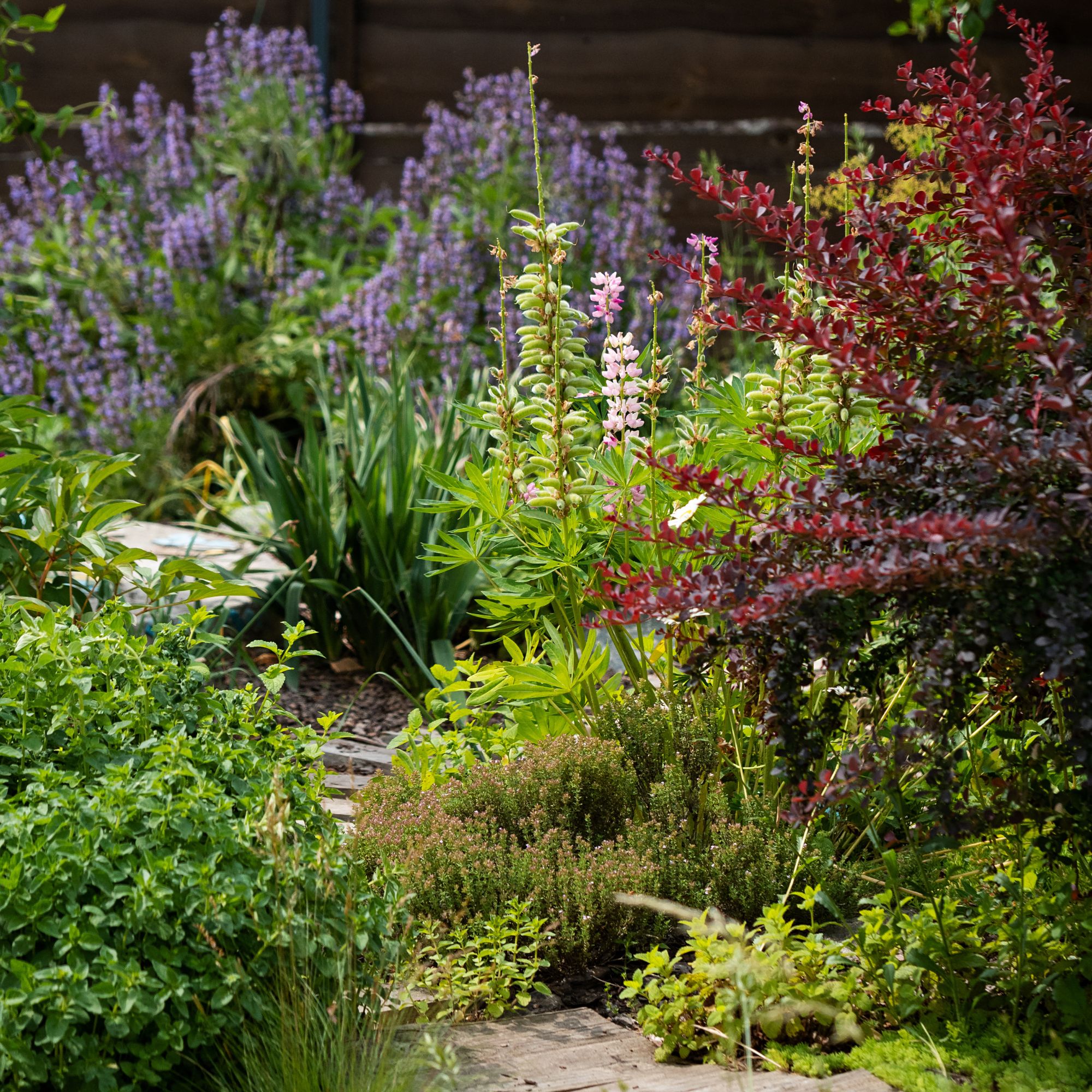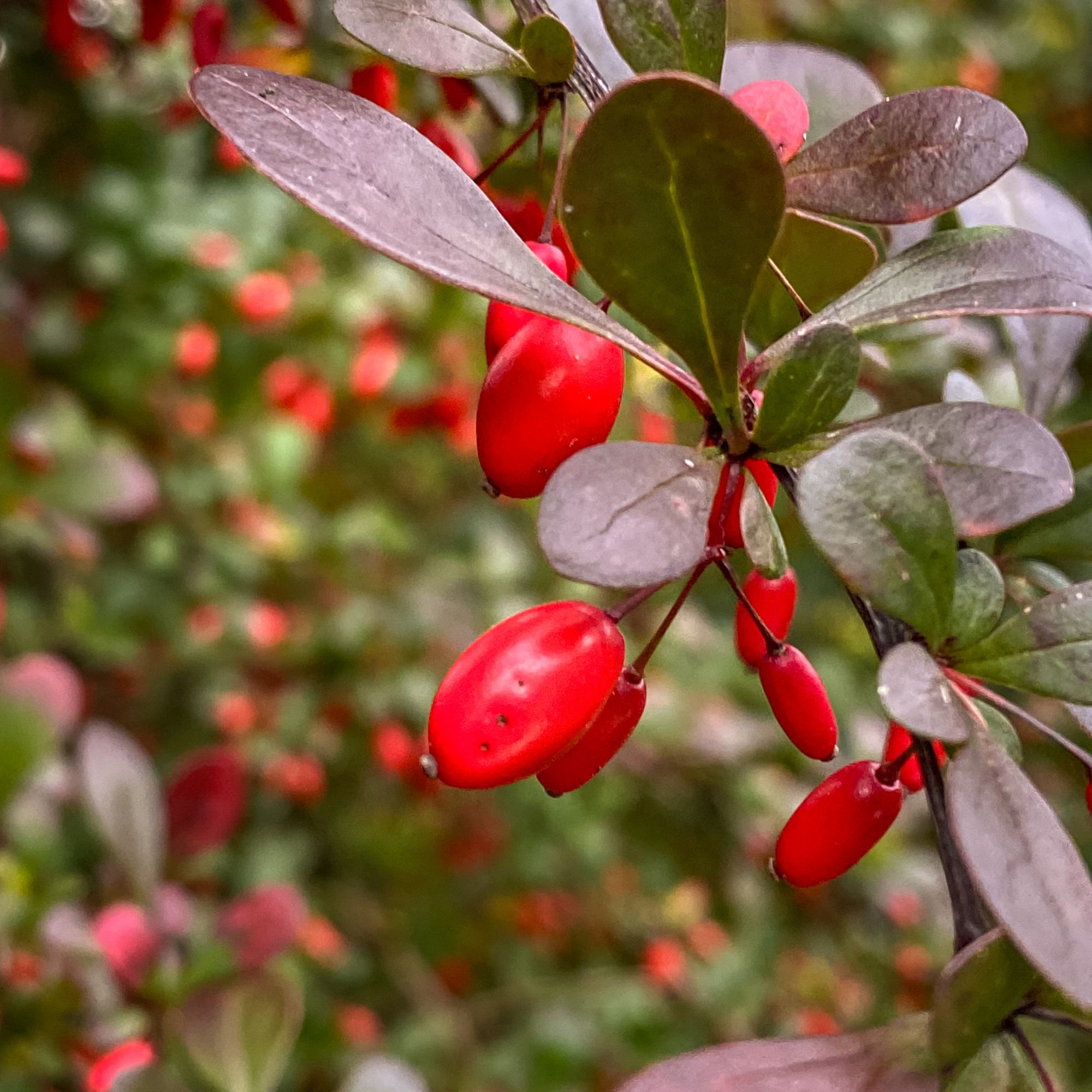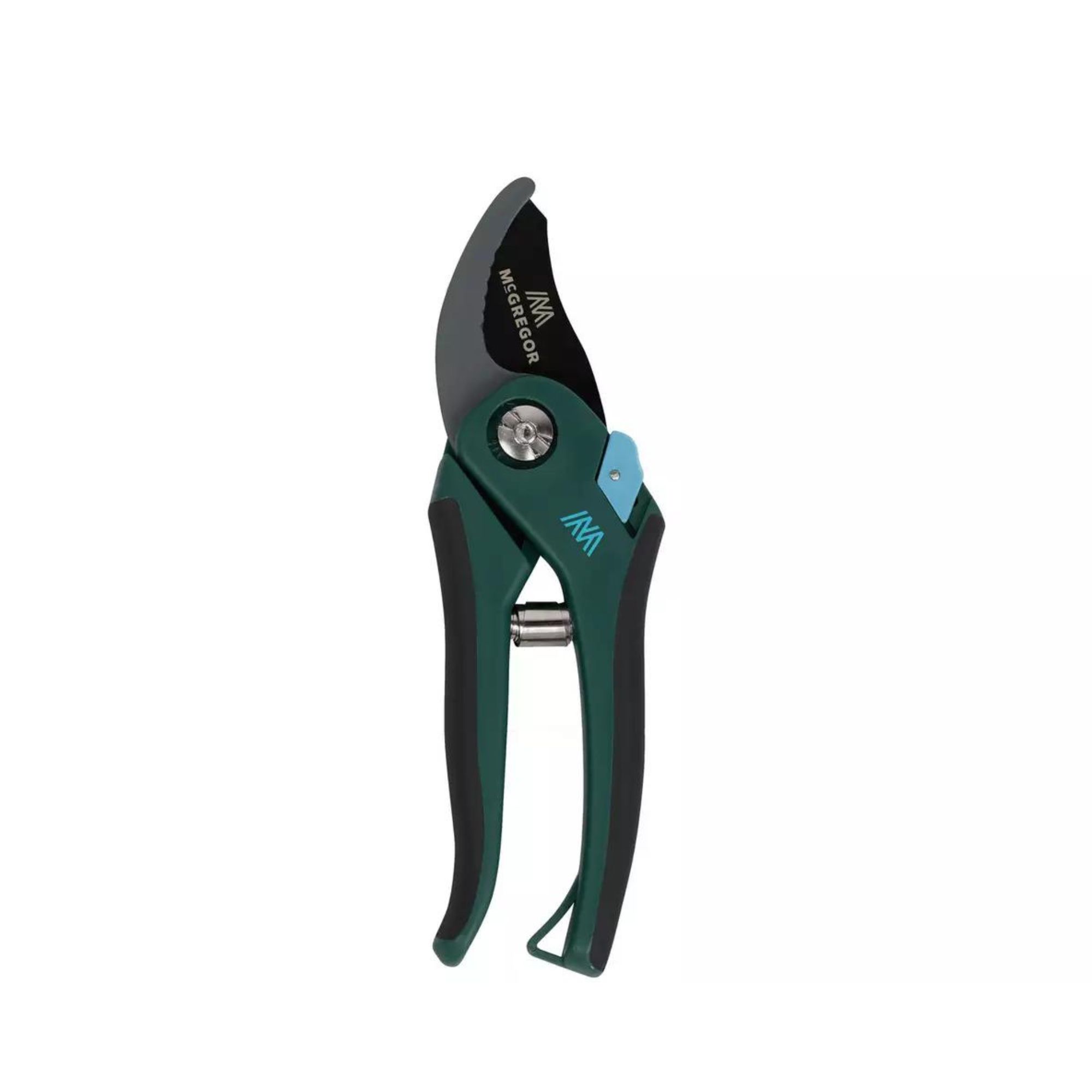When to prune berberis to keep this autumn favourite in perfect shape, according to experts
The exact time all depends on the type of berberis you have


Whether you know it as berberis or barberries, one thing we can probably all agree on is that this hardy shrub is a must-have in the garden. But if you’re going to add it to your outside space, you need to know when to prune berberis.
Lush, colourful, and coming in so many different varieties, berberis can be used in a myriad of ways to bring your garden ideas to life. Although it can be grown as a low-growing shrub, it can also serve as a fast-growing hedge to block out your neighbours and add some much-needed privacy to your home. That’s not all, though.
As Neil Donovan, AKA The Bath Gardener, says, ‘They are great for autumn colour, the berries are really attractive to the pollinators and birds love them - we really need that.’ But when do you prune berberis? Well, we’ve got everything you need to know below.

It’s worth noting that you don’t technically have to prune berberis if you don’t want to. This hardy ornamental shrub will continue to thrive if you choose not to grab your secateurs and start pruning.
But if your berberis is looking a little untidy or you want to control its growth, pruning is possible - as long as you choose the right time for your deciduous or evergreen plant. After all, ‘how you prune berberis will depend on if it's a deciduous or evergreen type,’ explains Morris Hankinson, Managing Director of Hopes Grove Nurseries.
Just make sure that you wear tough, hard-wearing gloves and a long-sleeved top for this job, as berberis has little spikes that can take you by surprise if you’re not prepared!

Morris Hankinson is the founder and managing director of Hopes Grove Nurseries Ltd, the UK’s only specialist grower-retailer of hedging plants. He established the thriving business in 1992, shortly after graduating with a Commercial Horticulture Degree from Writtle College, Essex.
When to prune evergreen berberis
If you have an evergreen berberis and want to give it a little trim, the prime time to prune is immediately after flowering or fruiting - which means you can either choose to prune it in mid-summer (after flowering) or in winter (after fruiting).
By choosing these times, you can still get the best out of your berberis and enjoy its fruits and flowers. Just be warned that if you choose to prune berberis after flowering, you won’t get any fruit that year. So, whether you’d prefer to keep flowers or fruit is up to you.
Morris also explains, ‘Regular pruning is particularly important for evergreen berberis to maintain a dense, attractive shape, especially in hedges or formal garden settings. Thinning out overcrowded branches also helps prevent disease and keeps the plant looking healthy and robust.’

When pruning evergreen berberis at this time, be wary of how much you prune. Remember, this pruning session is more for cosmetic purposes, so opt for a lighter touch and remove only unwanted or large branches that are getting in the way or growing out of control. Of course, you can prune any dead or diseased branches while you’re at it.
Neil also adds, ‘Ideally use secateurs rather than shears or hedge trimmers, to selectively shorten branches.’ This will give you more control over the process, too.
When to prune deciduous berberis
Deciduous berberis is perhaps the most common type of berberis found in the UK, and they’re easy to spot. After all, deciduous plants always lose their leaves during the autumn and winter to protect themselves and conserve as much energy as possible when the temperatures plummet.
And while you may assume that you should leave it alone during this time, this dormant period is actually the perfect time to prune deciduous berberis. In fact, pruning deciduous berberis in the winter makes it much easier to do, as you can quite clearly spot any areas that need a little TLC.
However, you can also ‘remove any dead wood in mid-summer when it is more clearly distinguished,’ according to Neil.

During this winter pruning session, you can also go a little harder than you would if you were pruning an evergreen berberis. You can even prune some of the stems right back down to the ground to encourage further growth if you want to, which is why it's on our list of plants you should cut back in winter.
If you want to maintain a healthy crop of autumn berries, though, it’s best to stick to a lighter touch if you can. Just make sure that you prune your deciduous berberis no later than February. So, it’s the perfect task to add to your list of gardening jobs to do in December.
What you’ll need
FAQs
Does Berberis thunbergii lose its leaves in winter?
Berberis thunbergii is perhaps the most popular variety of deciduous berberis, which means that it loses its leaves in the winter. However, just before it loses them they turn a beautiful shade of autumnal red, which makes it a welcoming addition to any garden.
Is berberis frost hardy?
Yes, berberis is one of the hardiest shrubs out there and can tackle any temperatures that the UK winters throw at them. This is the case for both evergreen berberis (those that keep their leaves) and deciduous berberis (those that lose their leaves).
Because of this, you don’t have to do anything to your berberis when the frost arrives. It should be able to survive until the spring of its own accord.
Can you use hedge trimmers on barberry?
If you have grown a larger berberis as a hedge, you can indeed use a hedge trimmer. This will help to tidy up the top and the sides and make the job easier.
However, if you have grown a small berberis shrub, it’s best to avoid using something as large and as intense as a hedge trimmer. By using secateurs instead, you can control how much of the plant you prune and be more precise in your movements.
Now you know when to prune berberis, you can choose the right time for your plant.
Sign up to our newsletter for style and decor inspiration, house makeovers, project advice and more.

Lauren Bradbury has been the Content Editor for the House Manual section since January 2025 but worked with the team as a freelancer for a year and a half before that. She graduated with a Bachelor’s degree in English and Creative Writing from the University of Chichester in 2016. Then, she dipped her toe into the world of content writing, primarily focusing on home content. After years of agency work, she decided to take the plunge and become a full-time freelancer for online publications, including Real Homes and Ideal Home, before taking on this permanent role. Now, she spends her days searching for the best decluttering and cleaning hacks and creating handy how-to guides for homeowners and renters alike, as well as testing vacuums as part of her role as the Ideal Home Certified Expert in Training on Vacuums, having spent over 110 hours testing different vacuum models to date!


